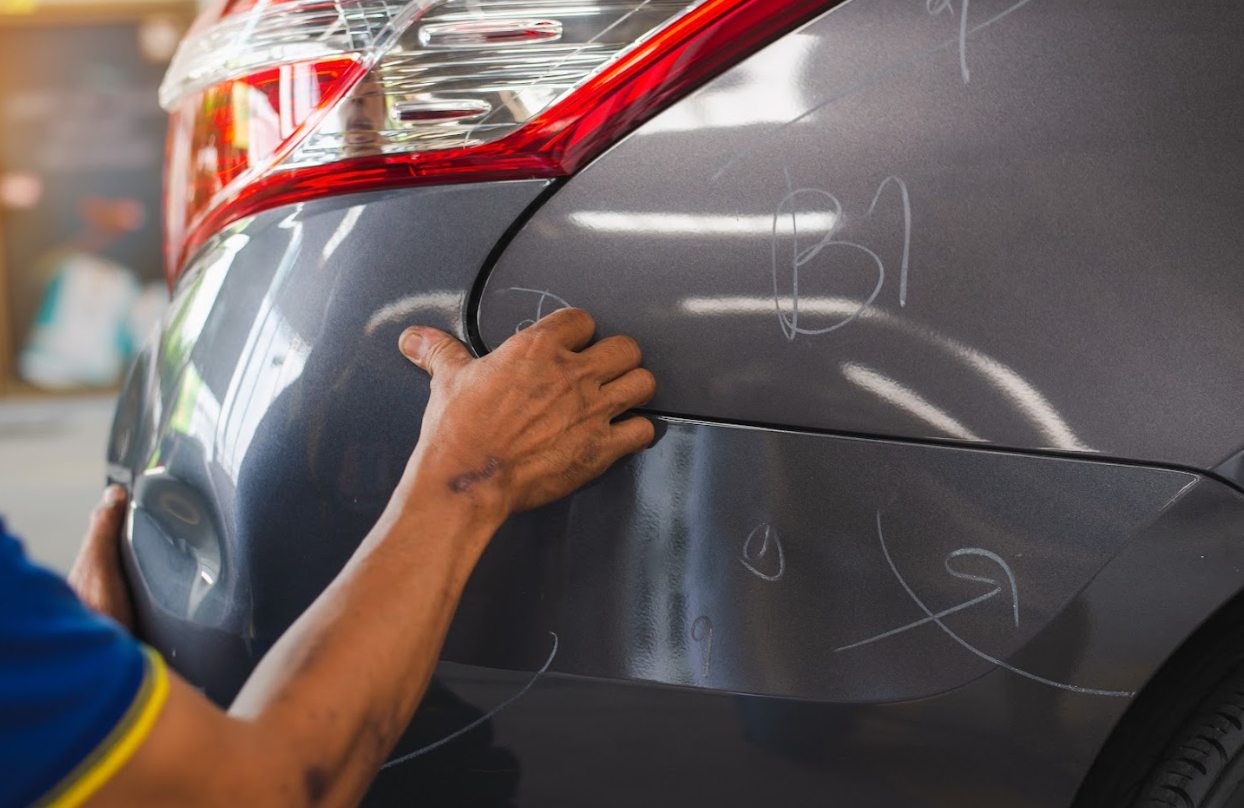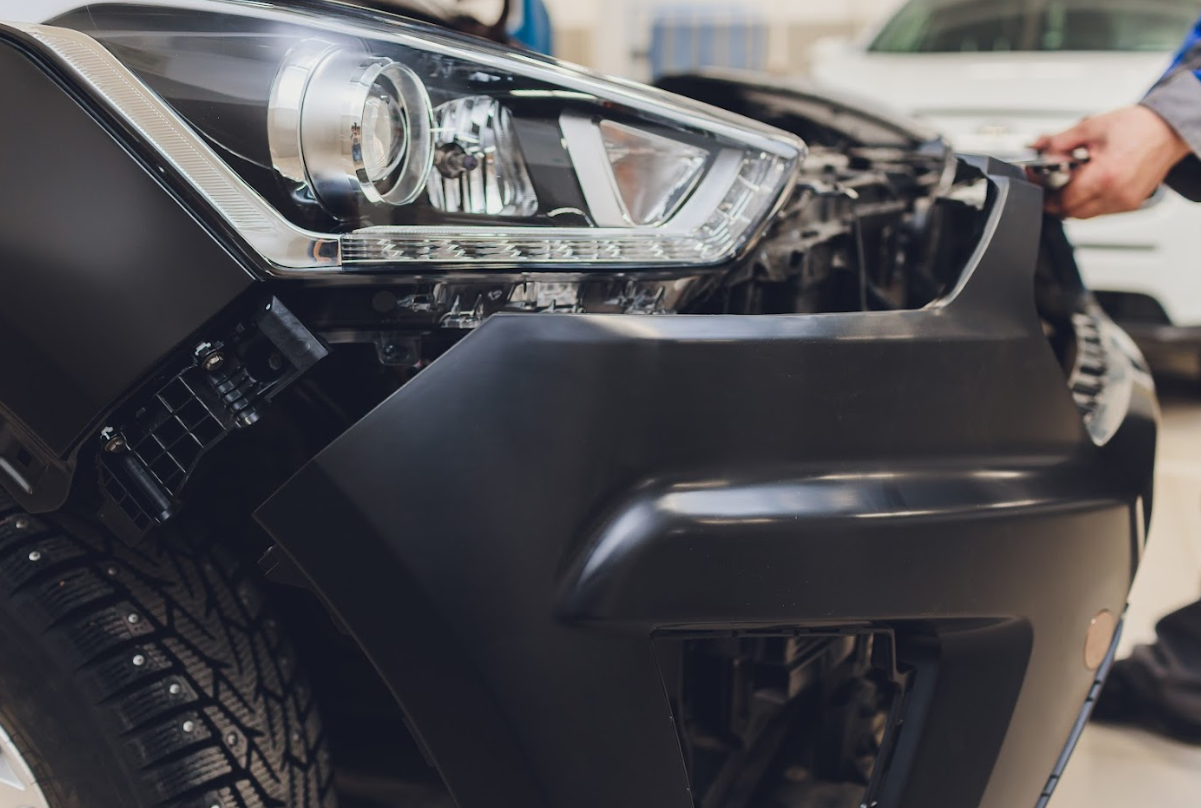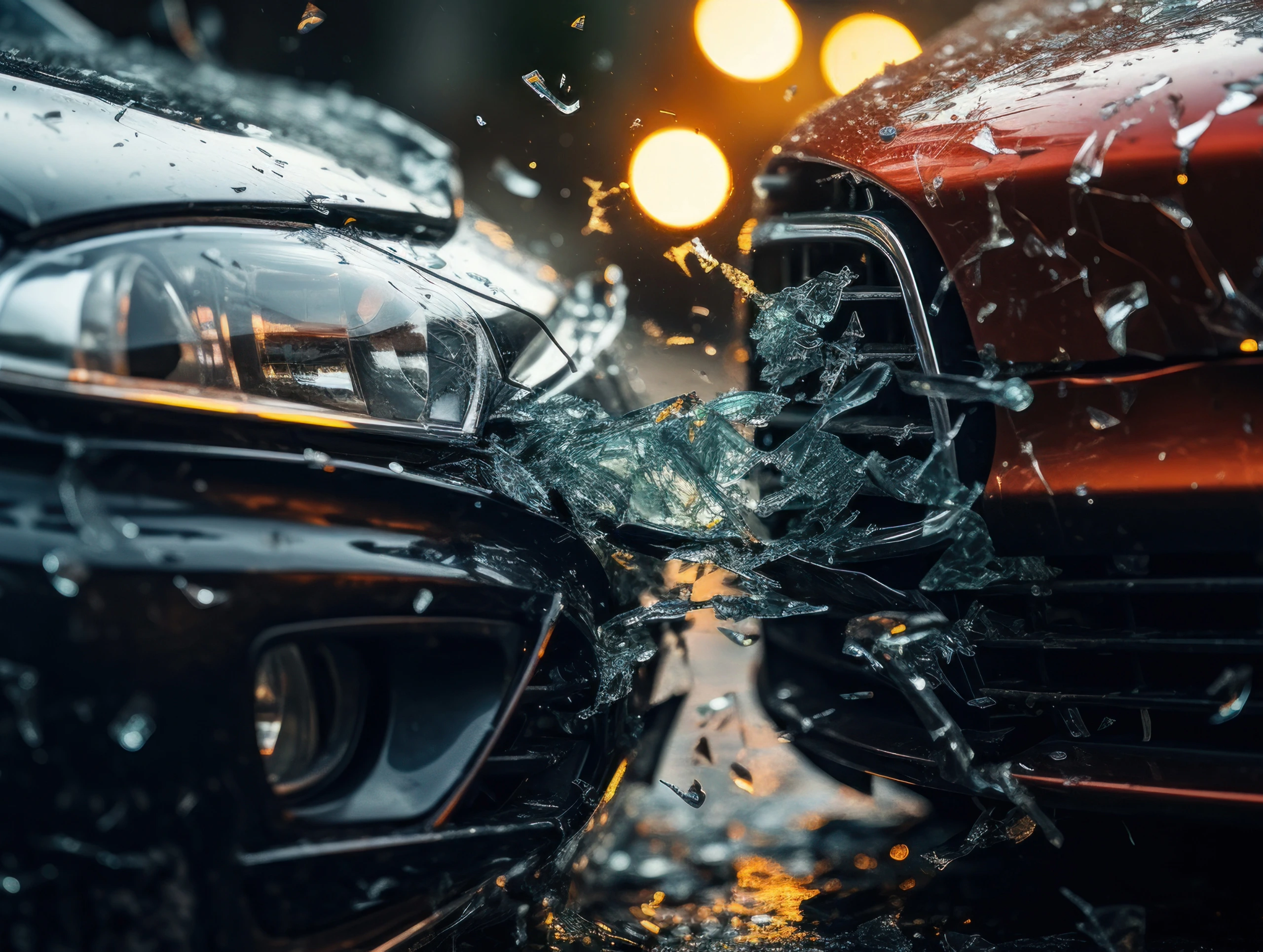Front bumpers play a crucial role in protecting your vehicle from damage during minor collisions and accidents. Over time, however, they can become damaged due to wear and tear, accidents, or exposure to harsh weather conditions. In this article, we will discuss ways to prevent front bumper damage, a step-by-step guide to troubleshooting various issues, and what to do if DIY troubleshooting fails. We will also cover important considerations when repairing bumper damage and tips for avoiding future issues. Let's dive in!
Ways to Prevent Front Bumper Damage
- Regular Inspection: Periodically check your front bumper for any signs of damage, such as cracks, dents, or loose parts. Early detection can help you address the issue before it worsens.

- Proper Parking: Be mindful of your surroundings when parking, especially in tight spaces or near curbs, to avoid causing damage to your front bumper.
- Install a Bumper Guard: A bumper guard can provide extra protection against minor impacts and scratches, reducing the risk of damage to your front bumper.
- Maintain a Safe Following Distance: Keep a safe distance from the vehicle in front of you to reduce the risk of collision and potential damage to your front bumper.
- Avoid Harsh Weather Conditions: If possible, avoid driving during extreme weather conditions, such as heavy rain, snow, or hail, as they can cause damage to your vehicle, including the front bumper.
Step-by-Step Guide to Troubleshooting Front Bumper Damage
- Assess the Damage: Examine your front bumper closely to determine the extent of the damage. This includes identifying any cracks, dents, holes, or other issues that need to be addressed.
- Clean the Area: Before attempting any repairs, clean the damaged area thoroughly with soap and water to remove dirt, grease, and debris.
- Fix Cracks and Holes: For minor cracks or holes, use a plastic bumper repair kit or epoxy resin to fill in the damaged areas. Follow the manufacturer's instructions to ensure a proper repair.
- Repair Dents: To fix a dent in a car front bumper, use a hairdryer or heat gun to heat the area and then gently push the dent out from behind with a soft object like a rubber mallet or a towel-wrapped block of wood.
- Address Curb Rash: To fix curb rash on the front bumper, sand the affected area, apply a filler compound, and then paint over it to match your vehicle's color.
- Realign Sagging or Crooked Bumpers: If your front bumper is sagging or crooked, check for loose or damaged mounting brackets and tighten or replace them as needed.
- Fix Bumper Gaps: If you notice a gap between your front bumper and the rest of your vehicle, realign or replace the mounting brackets to eliminate the gap.
- Paint Touch-ups: After completing the necessary repairs, touch up the paint on your front bumper using a matching color.
What to Do If DIY Troubleshooting Fails
If you've attempted to troubleshoot your front bumper damage without success, it may be time to consider purchasing a pre-painted replacement bumper from paintedautobodyparts.com. These high-quality bumpers come in a variety of colors, ensuring a perfect match for your vehicle. Plus, they can save you time and effort compared to attempting complex DIY repairs. 
Important Considerations When Repairing Bumper Damage
- Safety: Ensure that your vehicle is on a flat surface and properly secured before attempting any repairs. Wear safety gear, such as gloves and safety glasses, to protect yourself during the process.
- Skill Level: Assess your skill level and experience with automotive repairs before attempting any DIY solutions. If you are unsure or uncomfortable with a specific repair, consult a professional or consider purchasing a pre-painted replacement bumper from paintedautobodyparts.com.
- Tools and Materials: Make sure you have the appropriate tools and materials for the repair job, such as a plastic bumper repair kit, sandpaper, paint, and mounting hardware.
- Time and Cost: Weigh the time and cost of DIY repairs against purchasing a pre-painted replacement bumper. In some cases, investing in a new bumper may be more cost-effective and efficient than attempting a DIY repair.
Tips for Avoiding Future Bumper Damage
- Drive Cautiously: Practice defensive driving techniques to reduce the risk of collisions and subsequent front bumper damage.
- Park Carefully: Always be mindful of your surroundings when parking, especially in tight spots or near curbs.
- Maintain Your Vehicle: Regularly inspect and maintain your front bumper to catch and address any minor issues before they become more significant problems.
- Use Protective Accessories: Invest in bumper guards, clear protective films, or other accessories designed to protect your front bumper from damage.
- Improve Your Driving Skills: Consider taking advanced driving courses or defensive driving classes to enhance your skills and reduce the likelihood of accidents.
Conclusion
Front bumper damage is an unfortunate but common issue for vehicle owners. With the right troubleshooting techniques, many problems can be addressed through DIY repairs. However, if DIY troubleshooting fails or the damage is too extensive, consider purchasing a pre-painted replacement bumper from paintedautobodyparts.com to save time and effort. By following the prevention tips and maintenance suggestions provided in this article, you can minimize the risk of future front bumper damage and keep your vehicle looking great for years to come.

